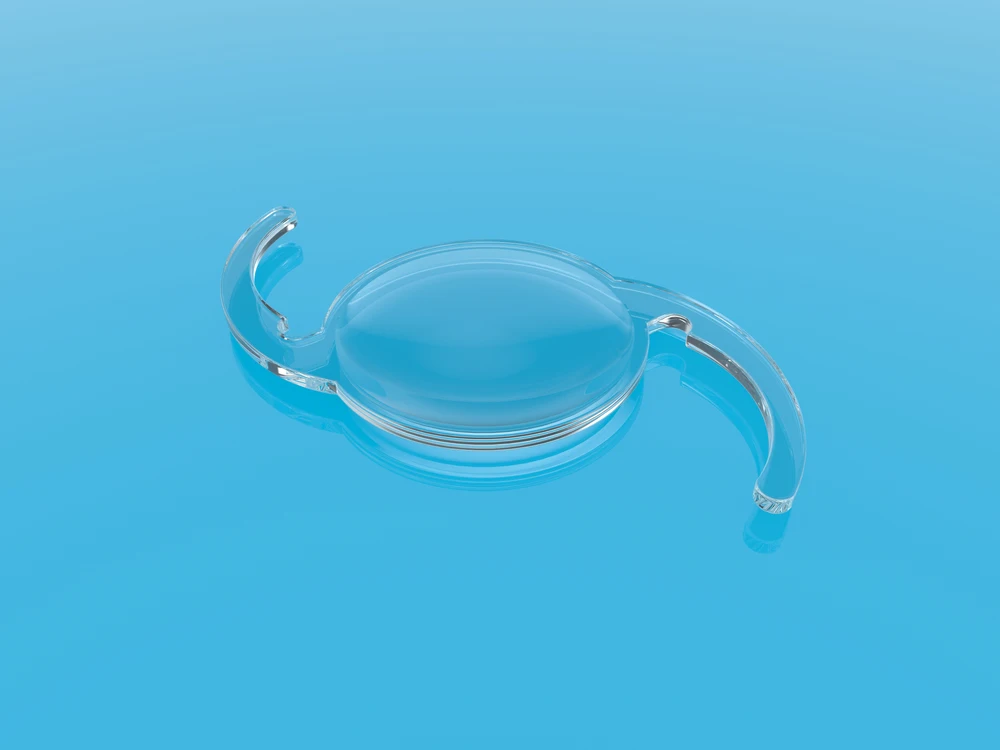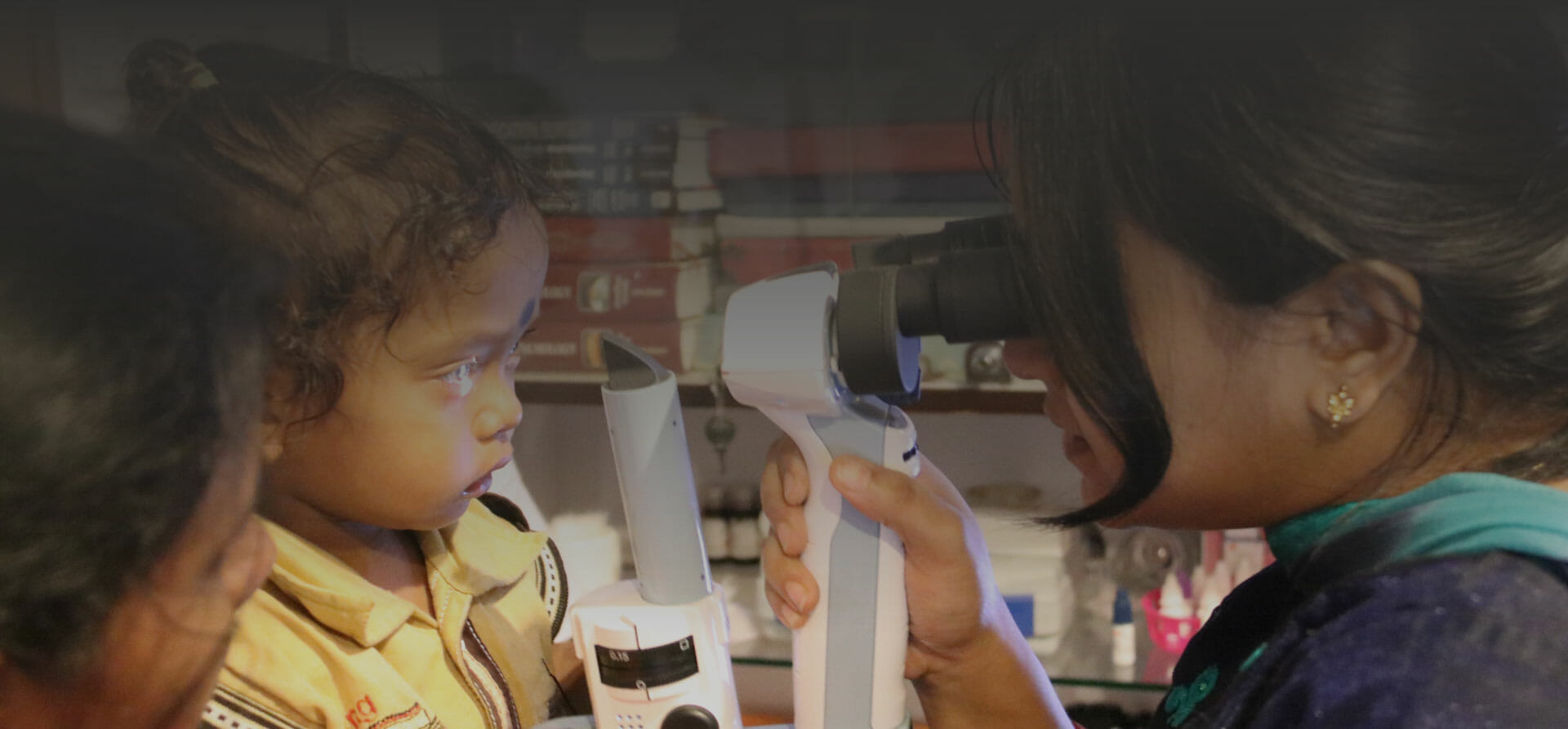As more people experience vision problems due to cataracts, finding effective solutions to restore sight becomes essential. Multifocal lenses have emerged as a promising option for many. In this blog, we’ll explore how these lenses work, their benefits, and some of the challenges they might bring. Whether you’re considering cataract surgery for yourself or a loved one, understanding the pros and cons of multifocal lenses can help you make an informed decision.
Let’s dive into what these lenses offer, from types and costs to patient experiences, and see if they might be the right choice for regaining clear vision.
Contents
What Are Multifocal Lenses?

Multifocal lenses are an innovative type of intraocular lens (IOL) designed specifically for people undergoing cataract surgery. These lenses differ significantly from traditional monofocal lenses, which typically focus on improving distance vision alone. In contrast, multifocal IOLs enhance vision at multiple distances—near, intermediate, and far—making daily tasks like reading, using a computer, or driving more manageable for those suffering from vision problems.
For people dealing with vision impairment due to cataracts, multifocal lenses offer a chance to regain comprehensive vision. This means less reliance on glasses or contact lenses, which can significantly improve their quality of life post-surgery.
Are Multifocal Lenses Good for Cataracts?
Yes! Multifocal lenses can be an excellent choice for many people undergoing cataract surgery, especially for those who desire a broad range of vision without relying heavily on glasses or contact lenses. These lenses are designed to correct vision at multiple distances, allowing individuals to see clearly across a spectrum of activities—from reading up close to viewing objects at a distance.
The effectiveness of multifocal lenses largely depends on the specific vision needs and lifestyle of the individual. They are particularly beneficial for those who engage in various activities requiring different focal lengths and wish to minimize their dependence on corrective eyewear.
However, multifocal lenses might not be suitable for everyone. Some individuals might experience side effects such as halos around lights or glare at night, which could be challenging for activities like night driving. Therefore, it’s crucial for those considering multifocal lenses to discuss their particular needs and concerns with their eye care provider.

Your Help Can Make a Difference!
Cataract Is The Biggest Reason For Blindness!
With Every Donation, You’re Gifting a Cataract Surgery To Someone in Need!
Advantages of Multifocal Lenses for Cataract Patients
Multifocal lenses provide several benefits for those recovering from cataract surgery, enhancing both vision and overall lifestyle:
- Reduced Need for Glasses or Contact Lenses: Multifocal lenses are designed to correct vision at near, intermediate, and far distances, significantly decreasing the dependency on corrective eyewear. This is particularly convenient for daily activities, allowing individuals to enjoy a glasses-free life.
- Improved Vision at Various Distances: These lenses enable clearer vision across multiple distances. Whether it’s reading a book, using a computer, or driving, multifocal lenses accommodate different visual needs seamlessly, which is ideal for active individuals or those with diverse daily tasks.
- Enhanced Lifestyle Convenience: The ability to see clearly without the need for additional visual aids adds a layer of convenience to everyday life. Activities that were once challenging due to poor vision become more accessible and enjoyable, from engaging in sports to watching television or attending social events.
These advantages make multifocal lenses a popular and effective choice for people seeking a comprehensive solution to vision problems caused by cataracts.
Challenges and Limitations of Multifocal Lenses
While multifocal lenses offer significant benefits, they also come with certain challenges and limitations that potential users should consider:
- Night Vision Issues: This can include seeing halos around lights or increased glare, which might make driving at night or in low-light conditions challenging.
- Glare and Light Sensitivity: Due to the way light is split among different focal points in multifocal lenses, users may notice more glare or feel increased sensitivity to bright lights. This can be particularly bothersome in brightly lit environments or when transitioning from dark to light settings.
- Adaptation Period: Adjusting to multifocal lenses can take time. The brain needs to learn how to select the correct focus for the given distance, which can be confusing at first. During this adaptation period, some might experience discomfort or disorientation.
- Not Suitable for Everyone: Multifocal lenses are not ideal for all individuals. Those with certain pre-existing eye conditions, such as severe astigmatism, or those who require exceptionally sharp vision for activities like professional driving or detailed craftwork, may not find these lenses as beneficial.
Understanding these challenges is crucial for anyone considering multifocal lenses as a solution for vision correction after cataract surgery.
Types of Multifocal IOLs and Their Cost
Multifocal intraocular lenses (IOLs) come in various types, each designed to cater to different visual needs. Here’s a closer look at the main types available:
- Bifocal Lenses: These lenses have two distinct zones for seeing at different distances—typically one for close vision and another for distance vision. Bifocal IOLs are suitable for those who need clear vision primarily for these two ranges, making them a practical choice for routine activities like reading and driving. The cost for bifocal lenses generally starts around ₹35,000.
- Trifocal Lenses: Trifocal lenses are equipped with three viewing zones. They offer clear vision at near, intermediate, and far distances. This additional intermediate-range makes trifocal lenses ideal for a broader array of activities, including those that require mid-range focus like using a computer or shopping. The price of trifocal lenses ranges from ₹45,000 to ₹80,000, depending on the brand and specific features.
When considering multifocal IOLs, it’s important for patients to discuss their daily habits and visual demands with their eye care provider to determine the best type of lens for their needs. Additionally, understanding the cost implications is crucial for making an informed decision that aligns with both budget and lifestyle.
Your Contribution Can Help The Needy
With the incidence of cataracts on the rise, more people than ever are facing the daunting prospect of vision loss, potentially leading to complete blindness. Unfortunately, not everyone affected can afford the necessary treatment, leaving many to struggle with diminishing eyesight without hope for improvement.
Your Small Gesture Can Mean a World of Difference!
No matter how small, every contribution accumulates to fund life-changing surgeries for those in dire need.
Join Hands with EyeMantra Charitable & Be The Reason To Bring Back Their Vision
Together, we can reach out to those suffering in the shadows, bringing them into the light with the promise of better vision.
Please click on the button. Together, let’s bring light where there is darkness and vision where there is need.
